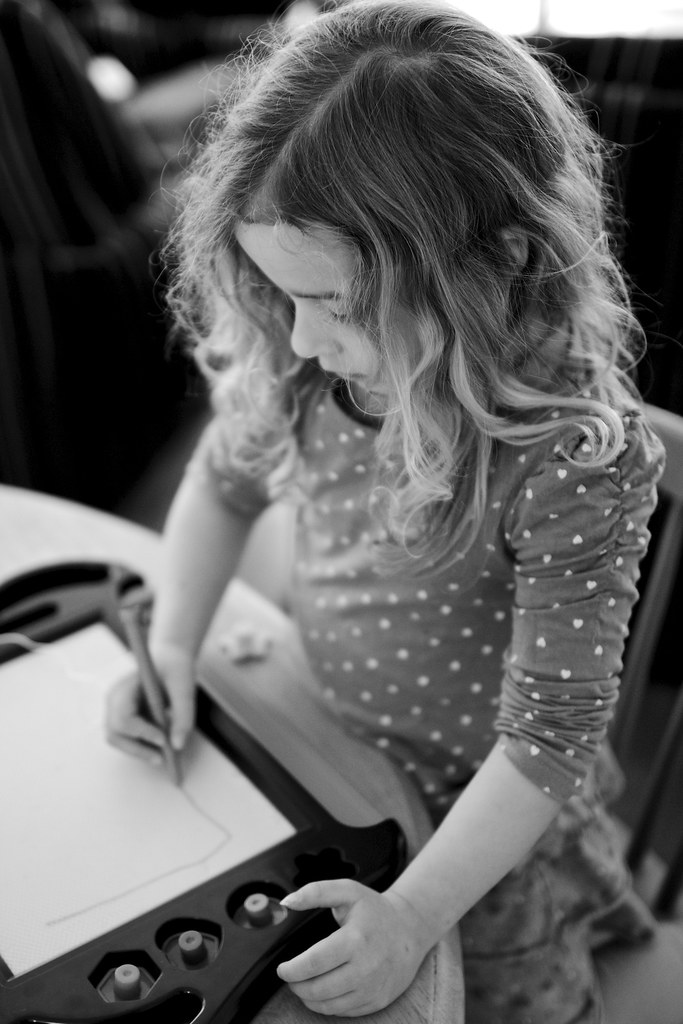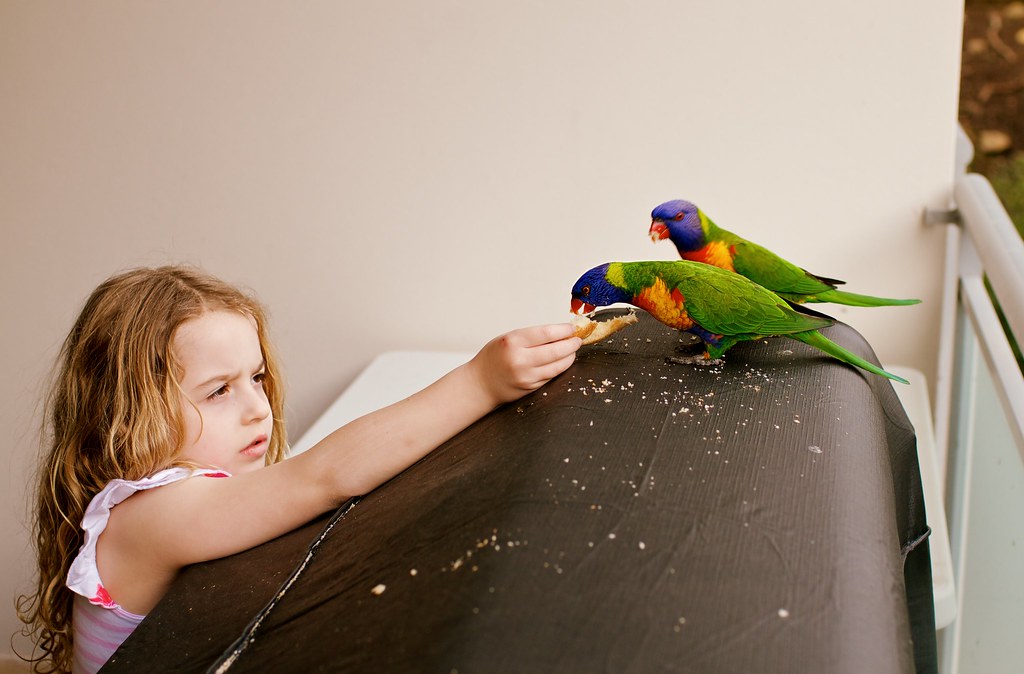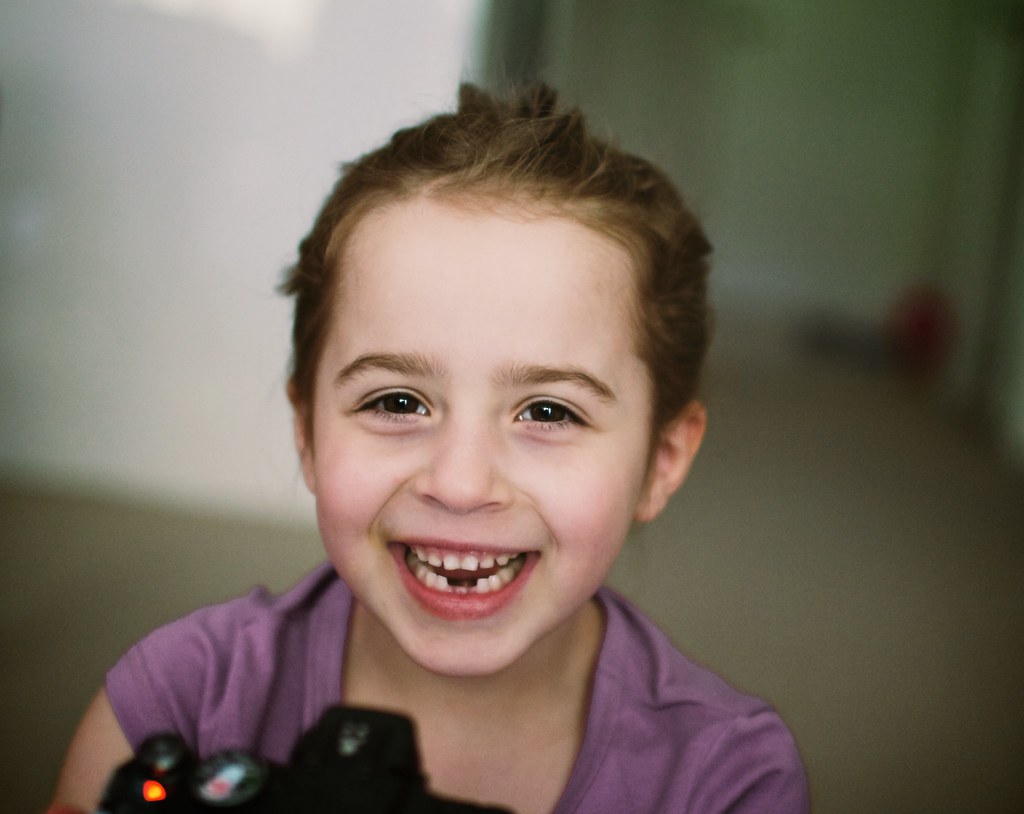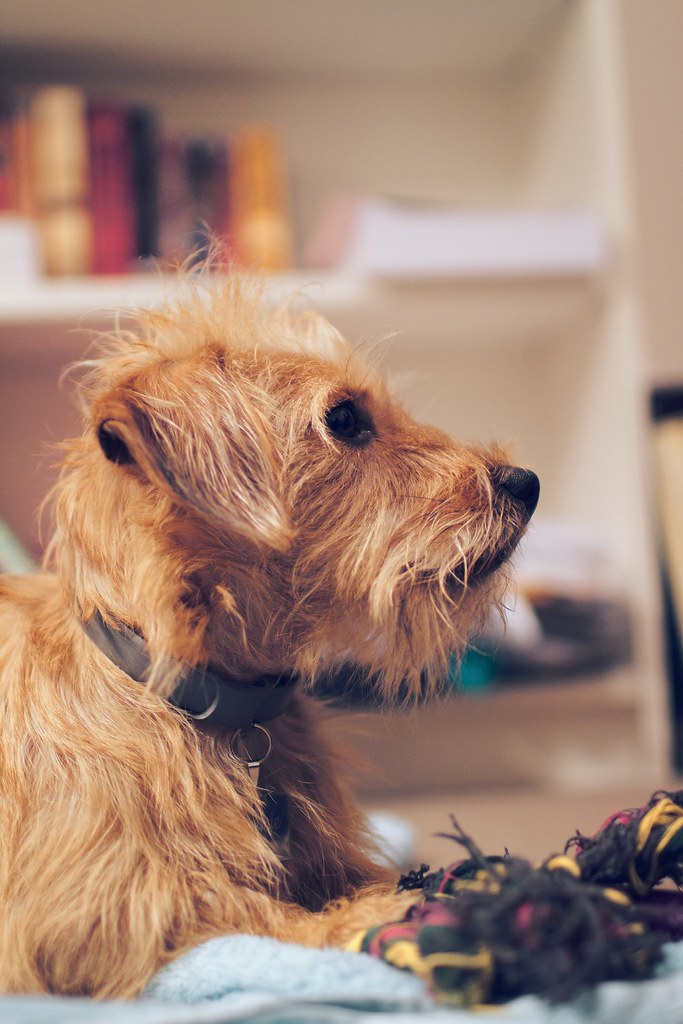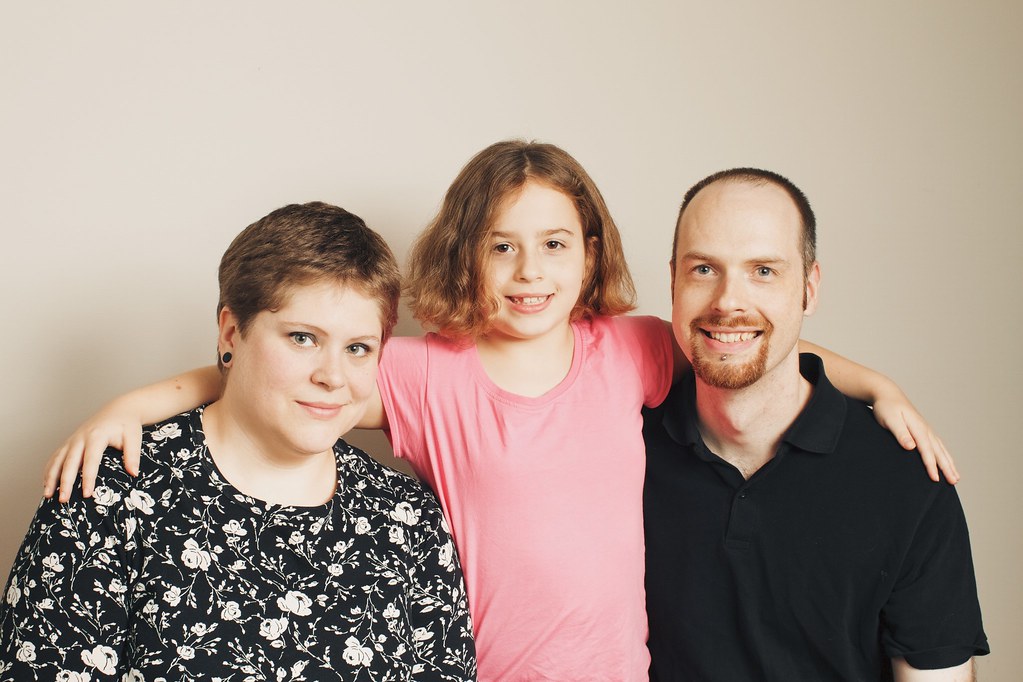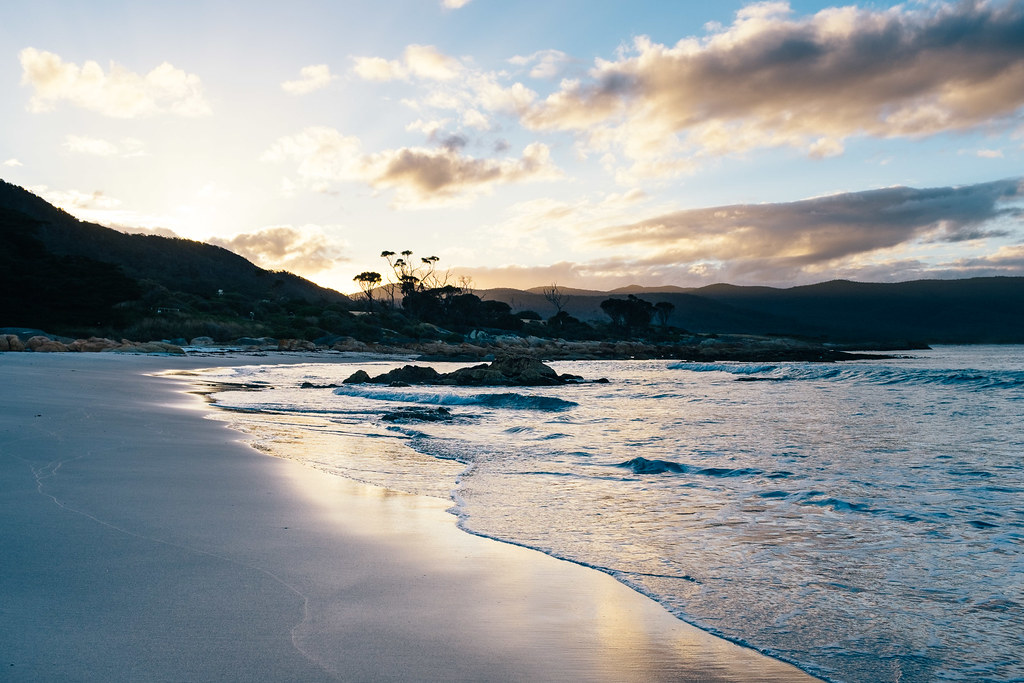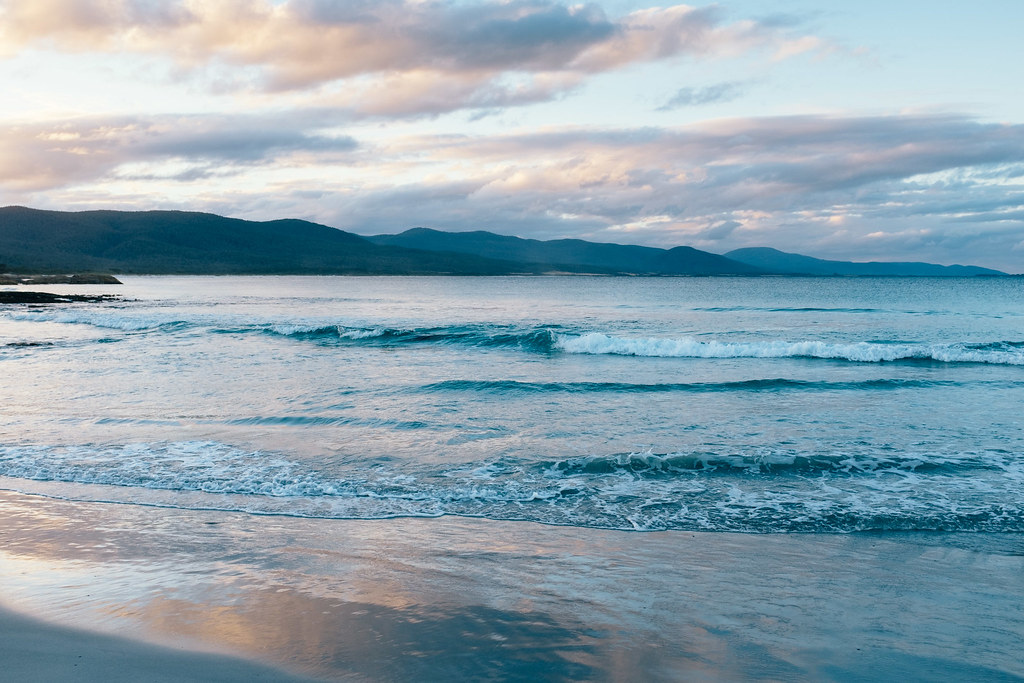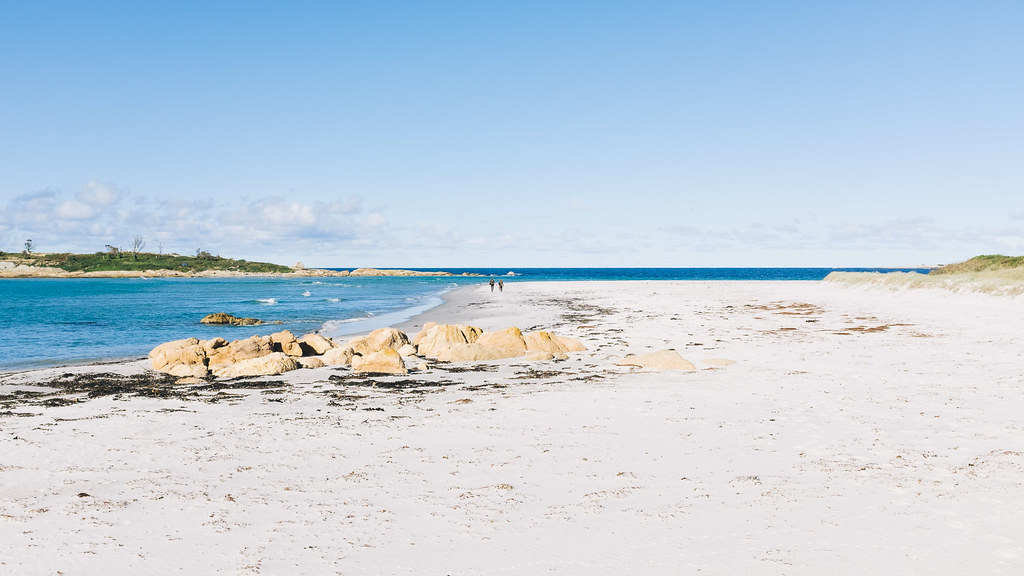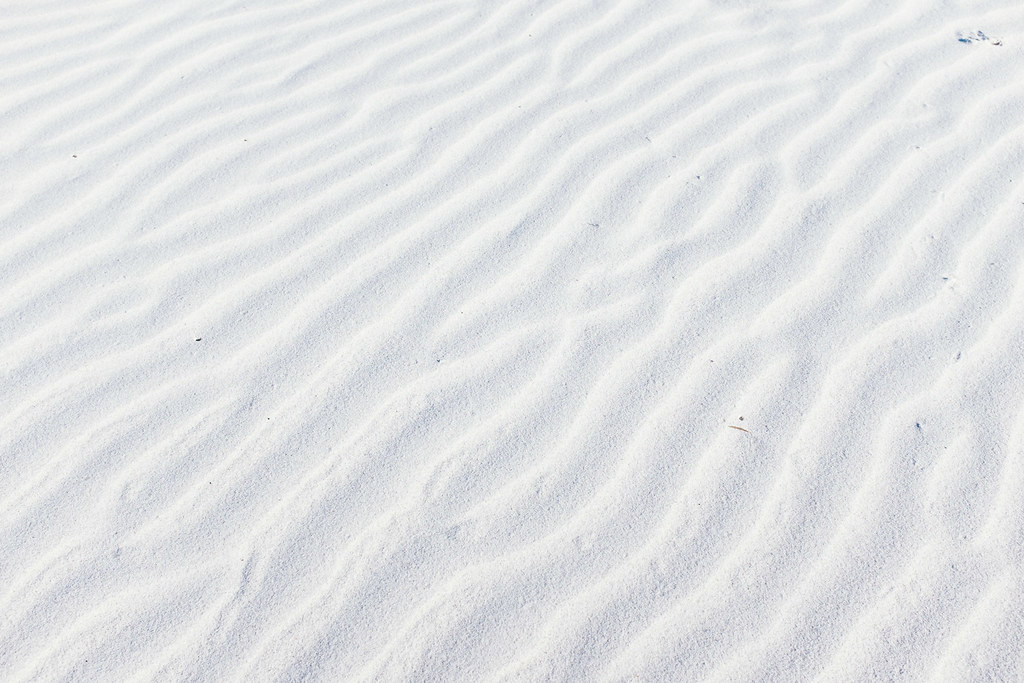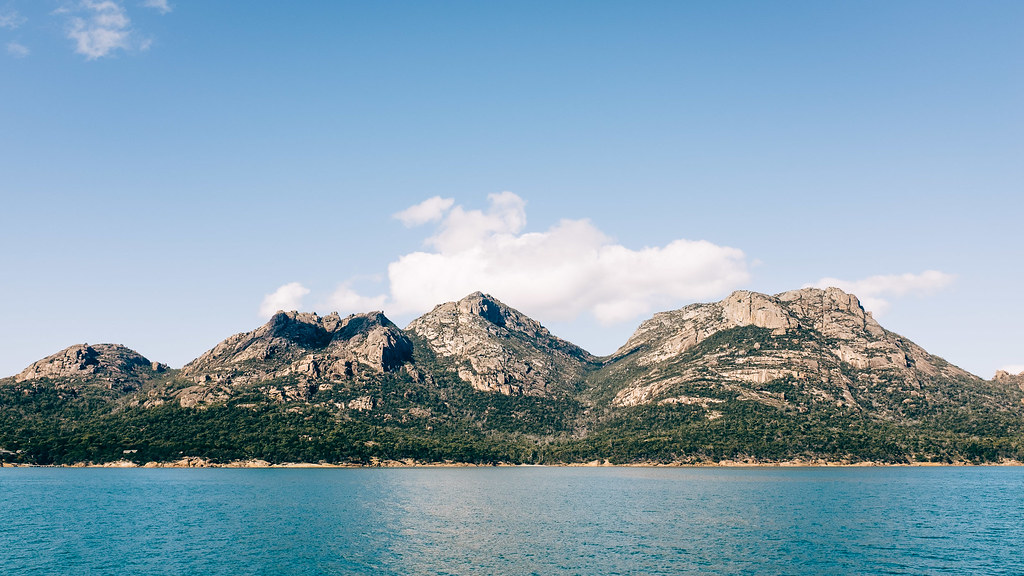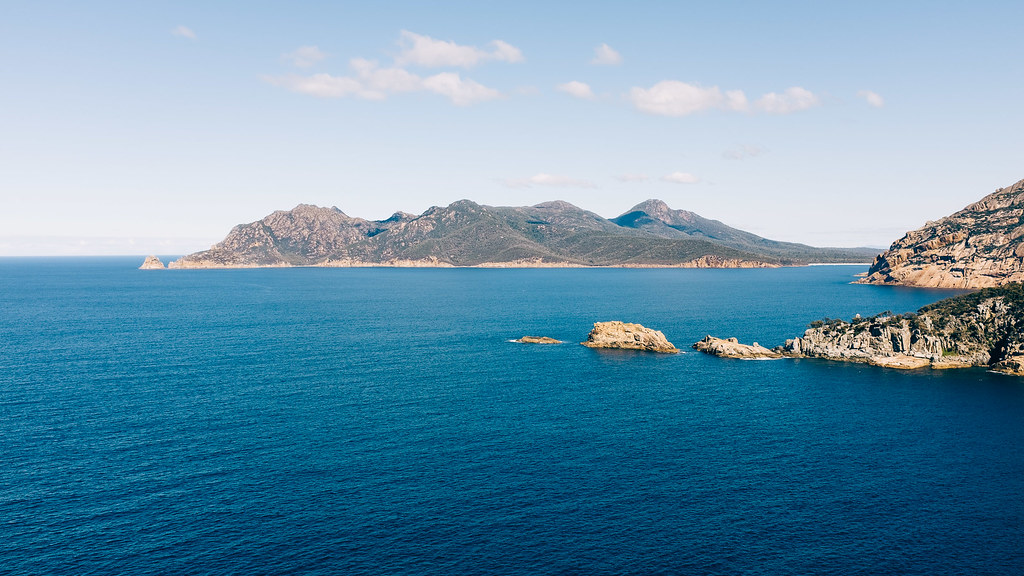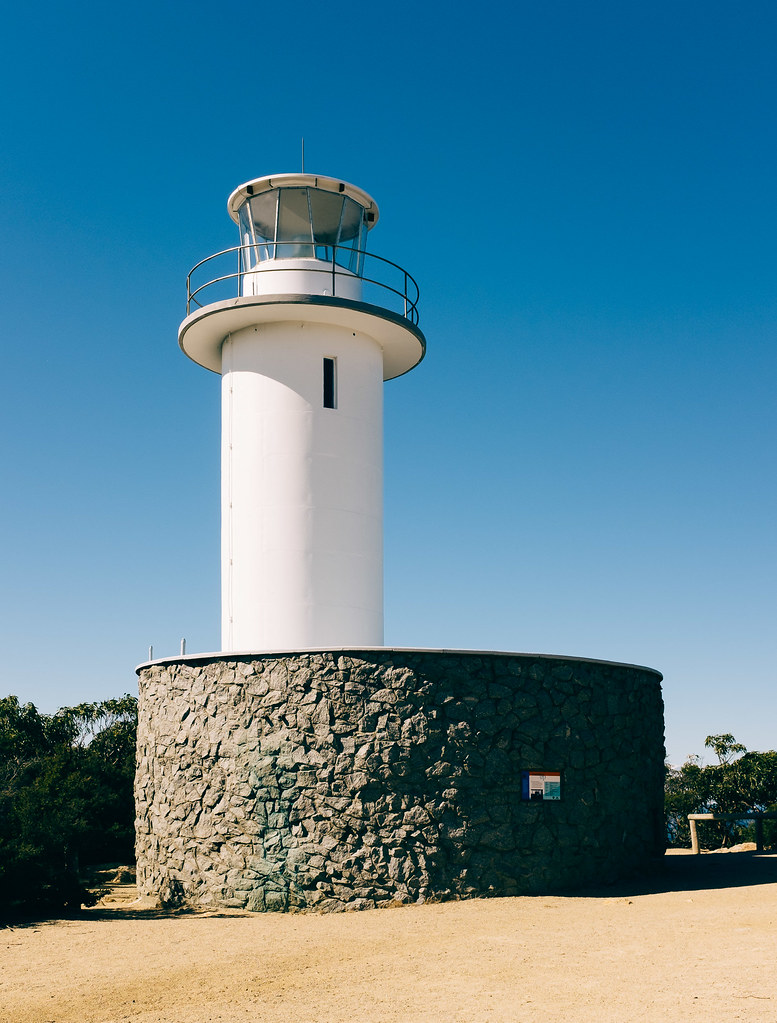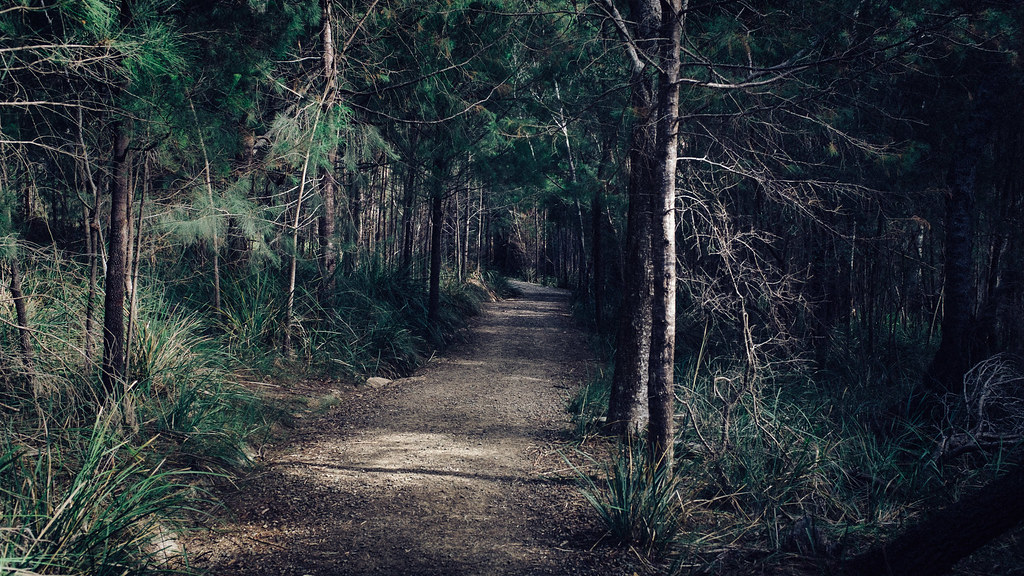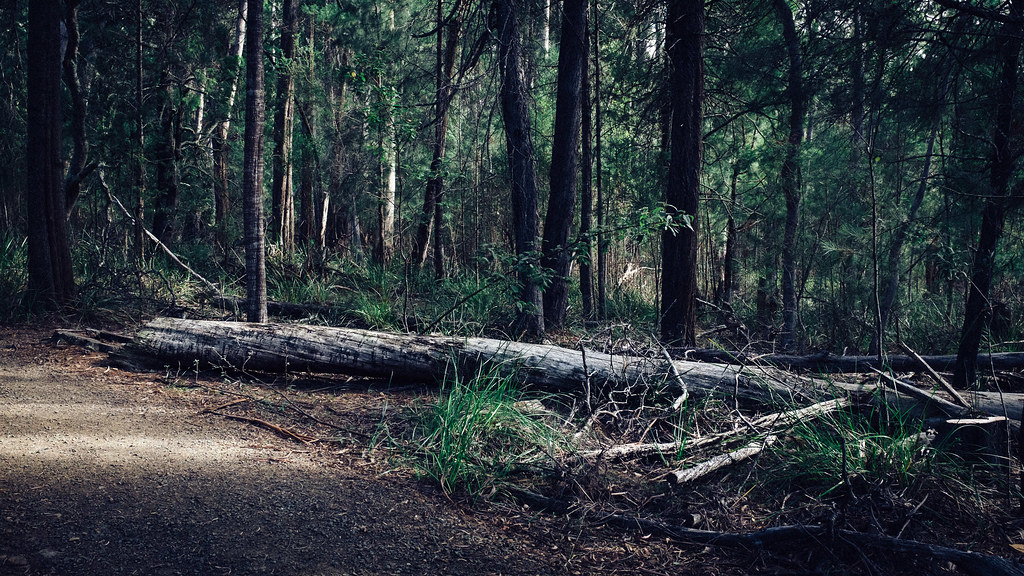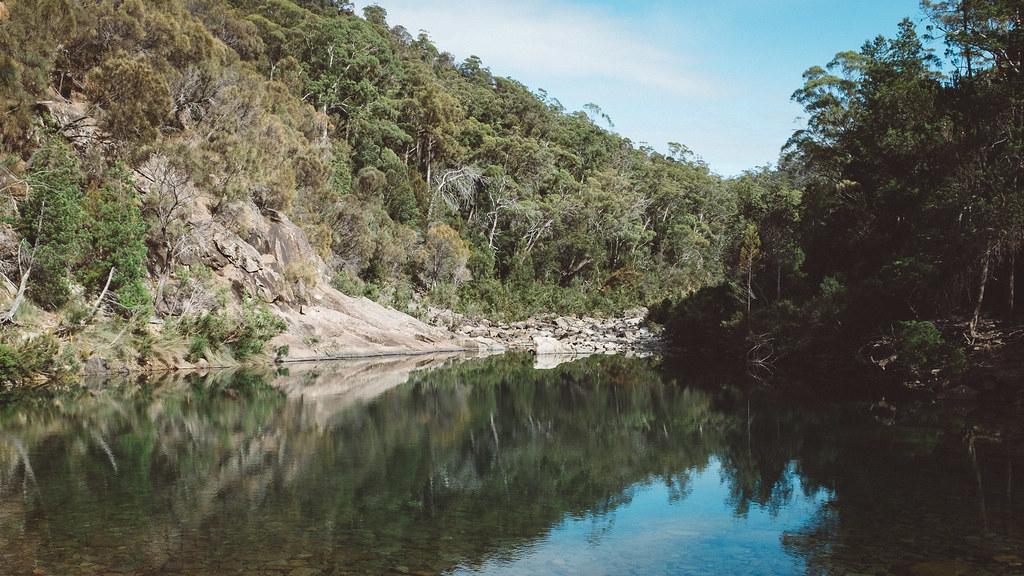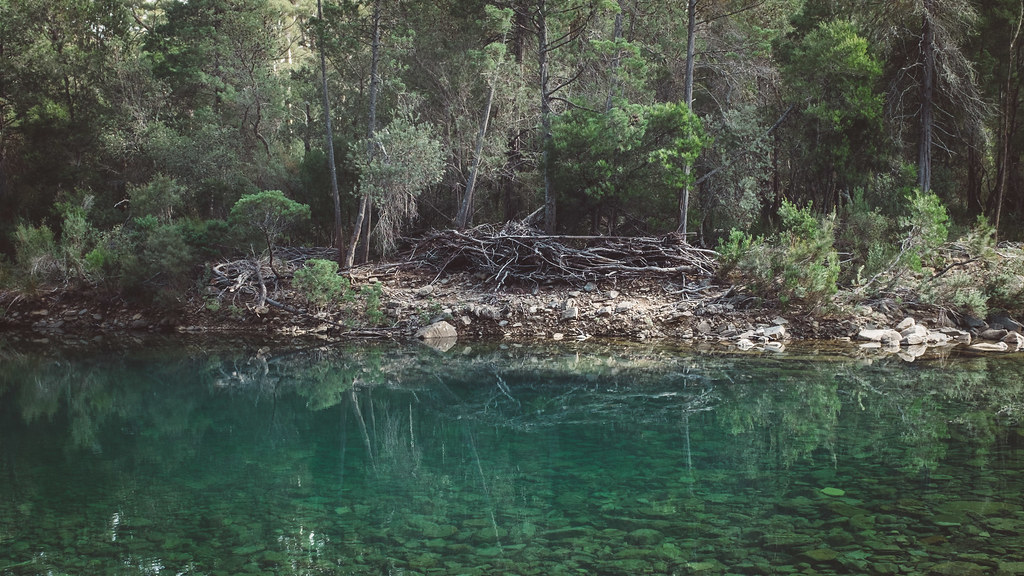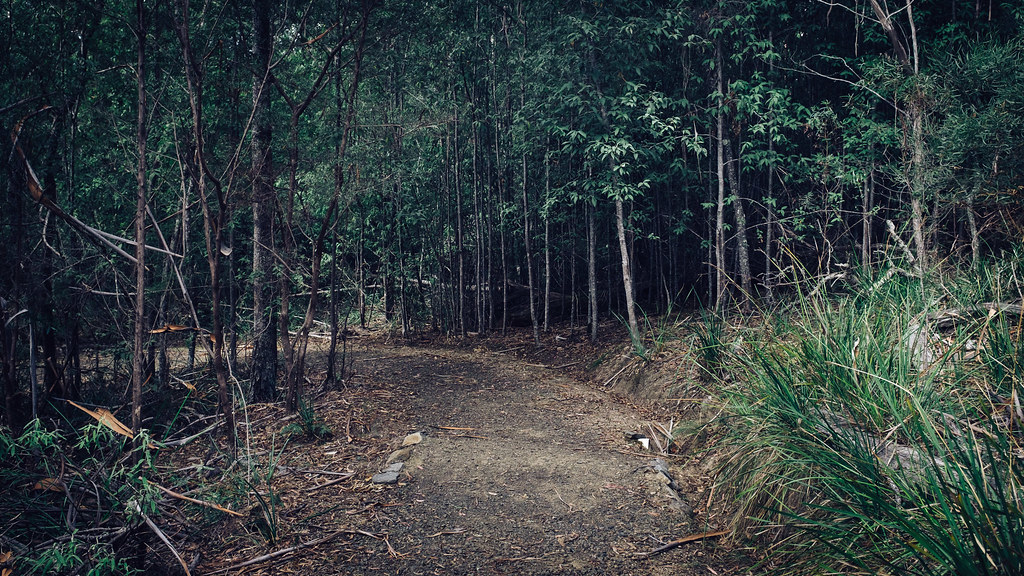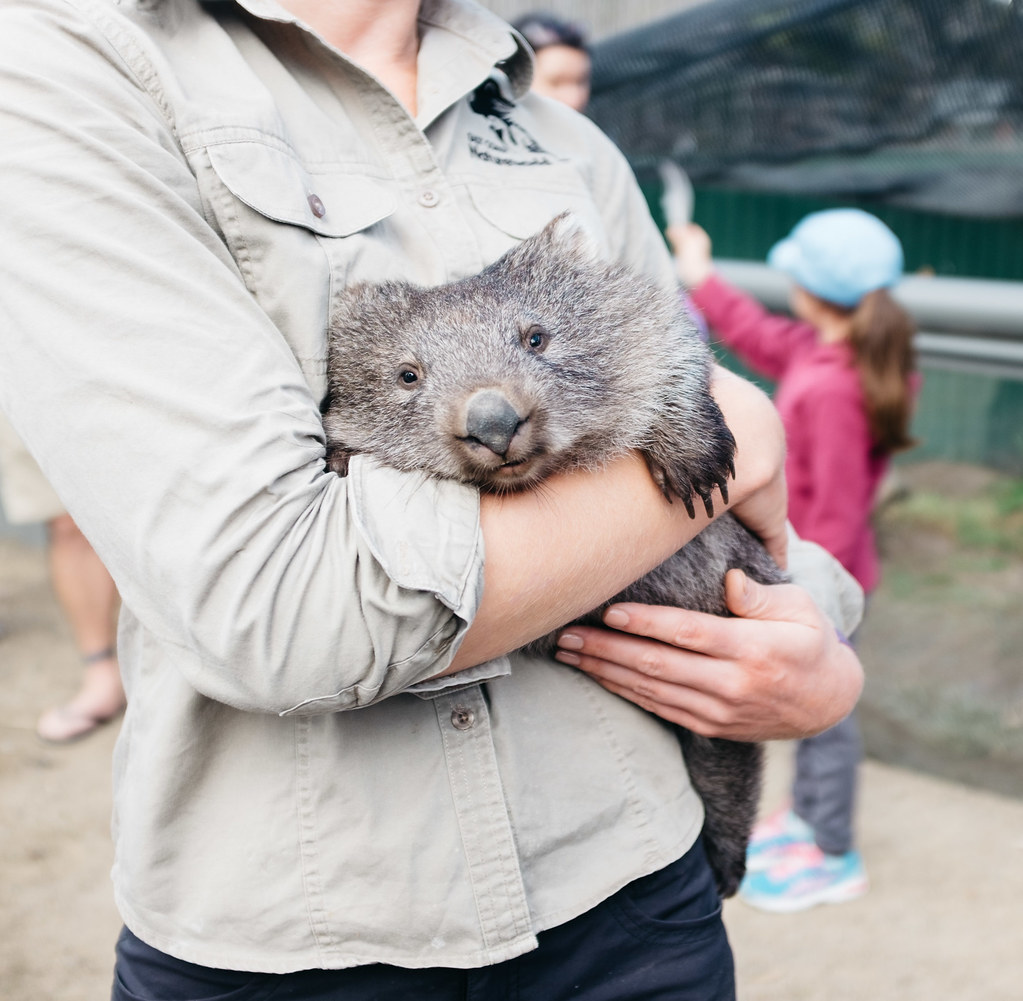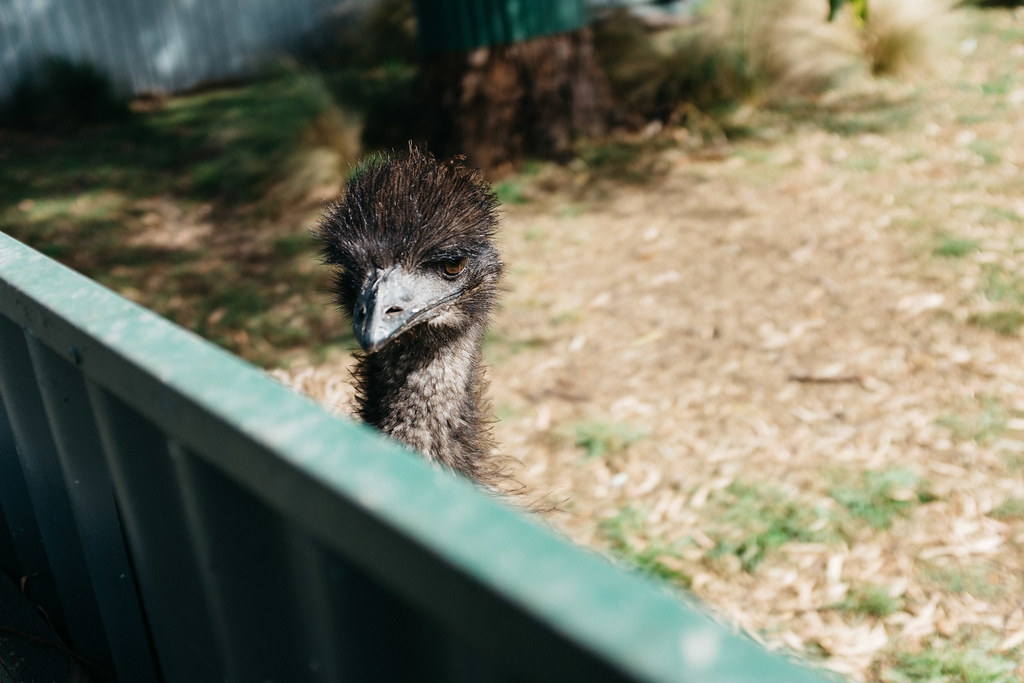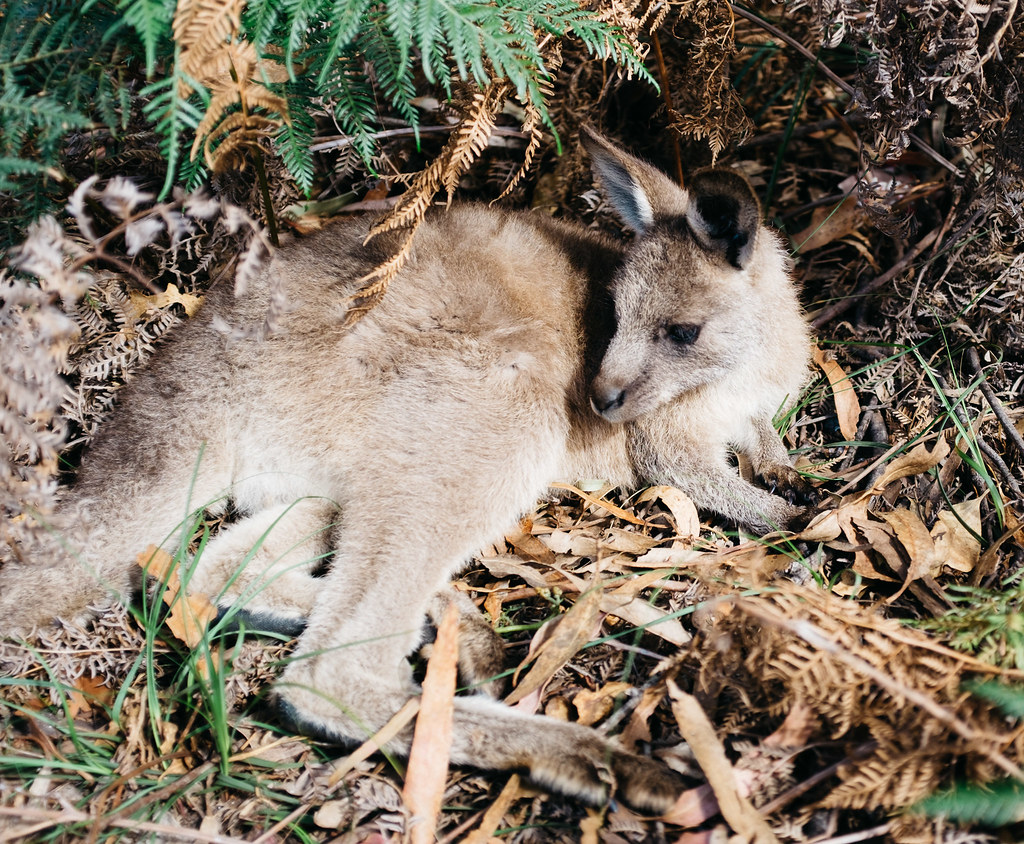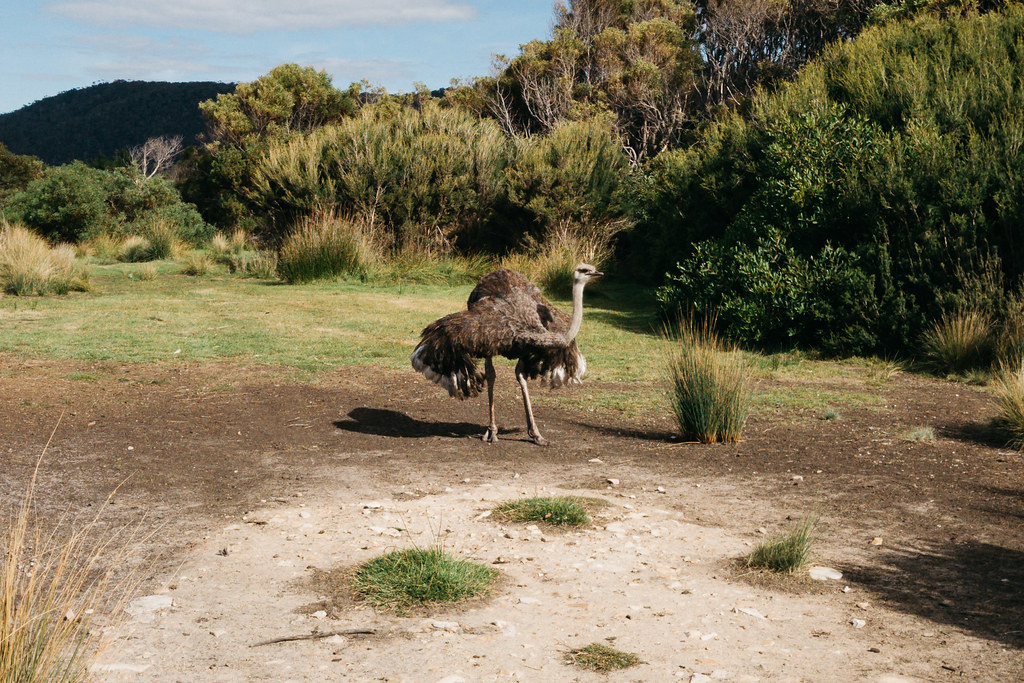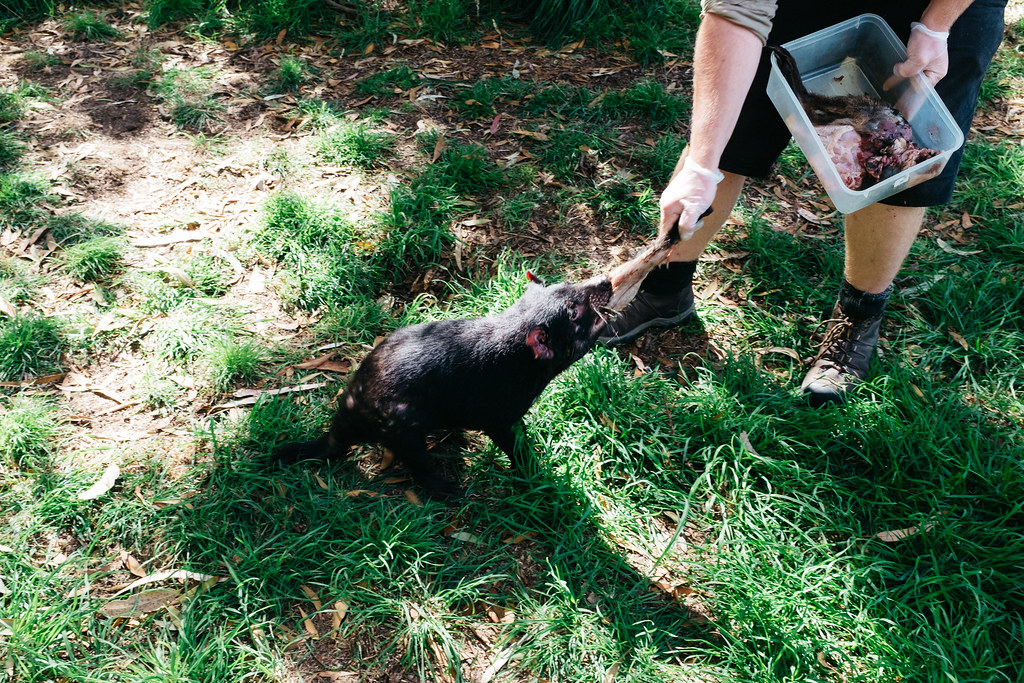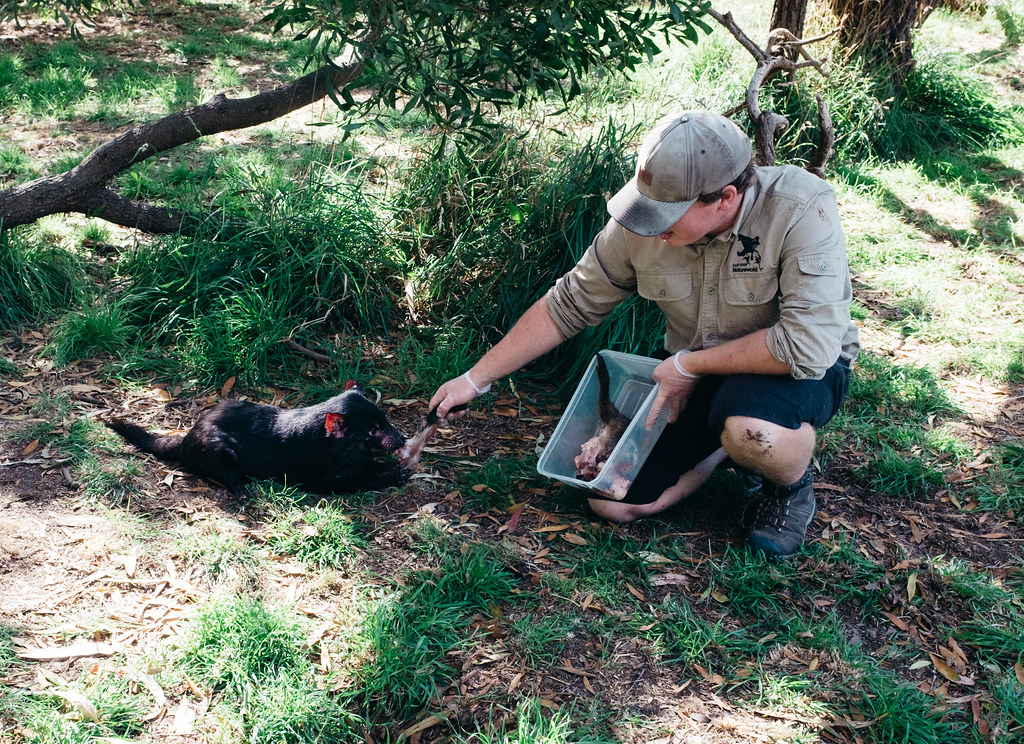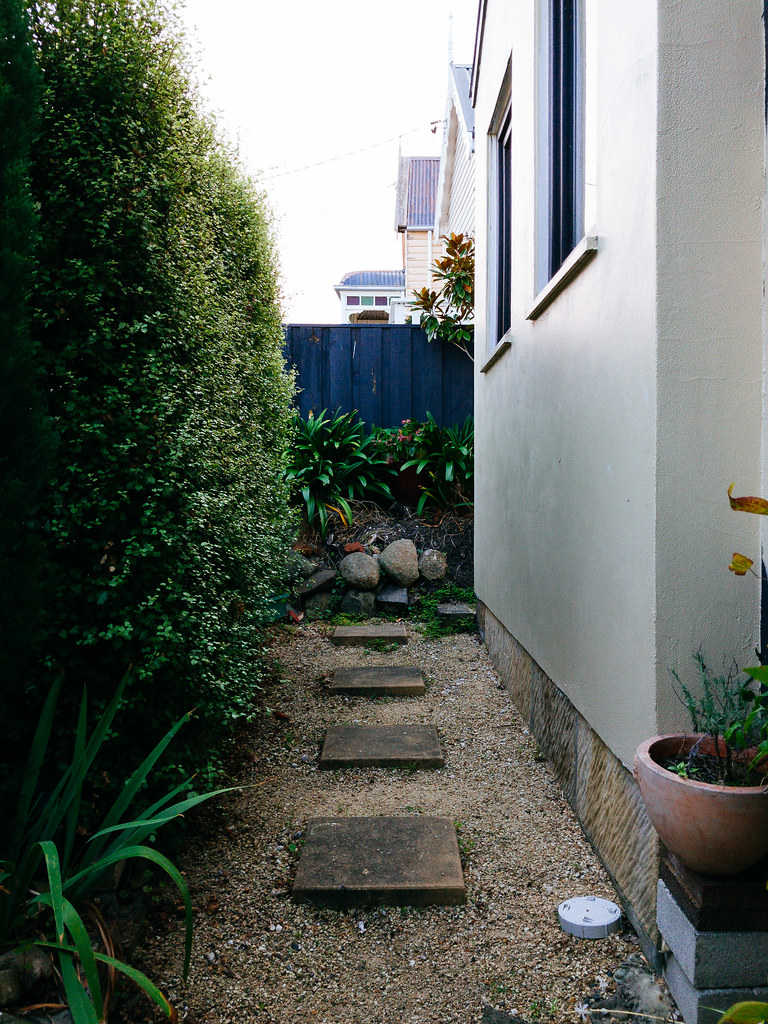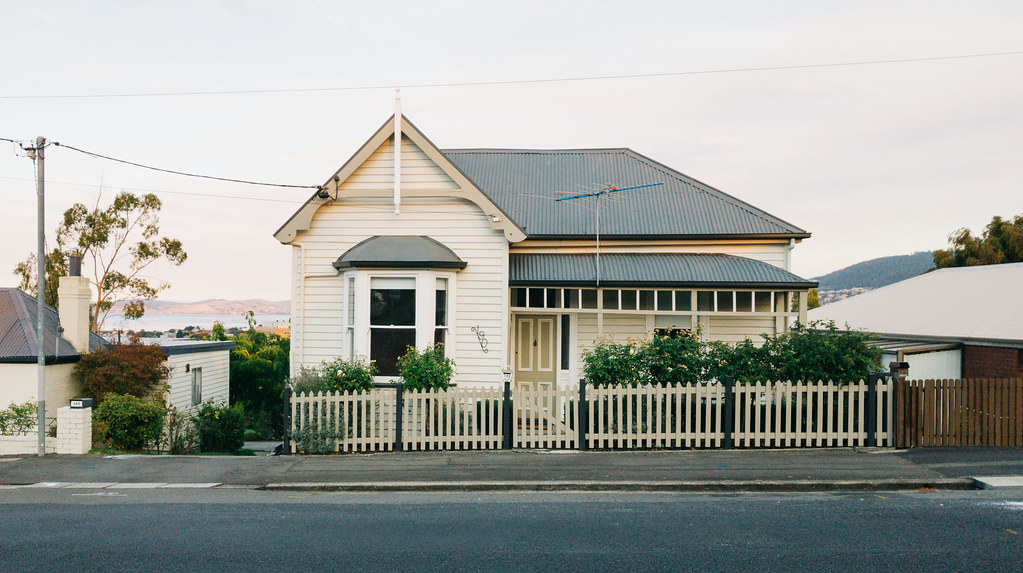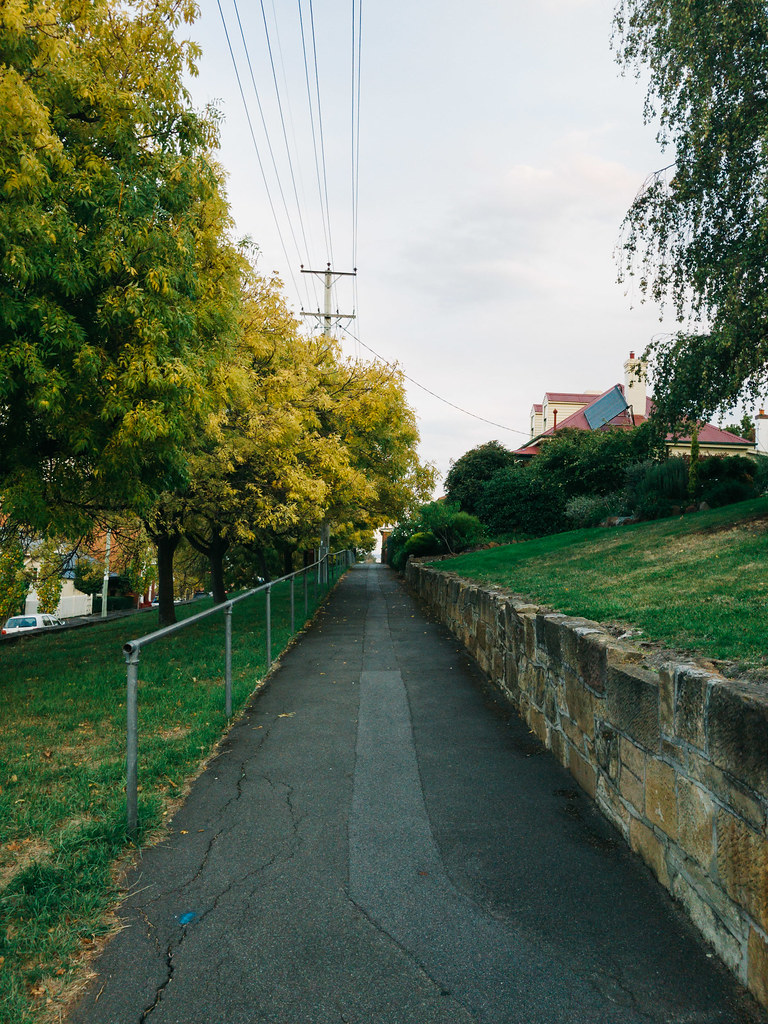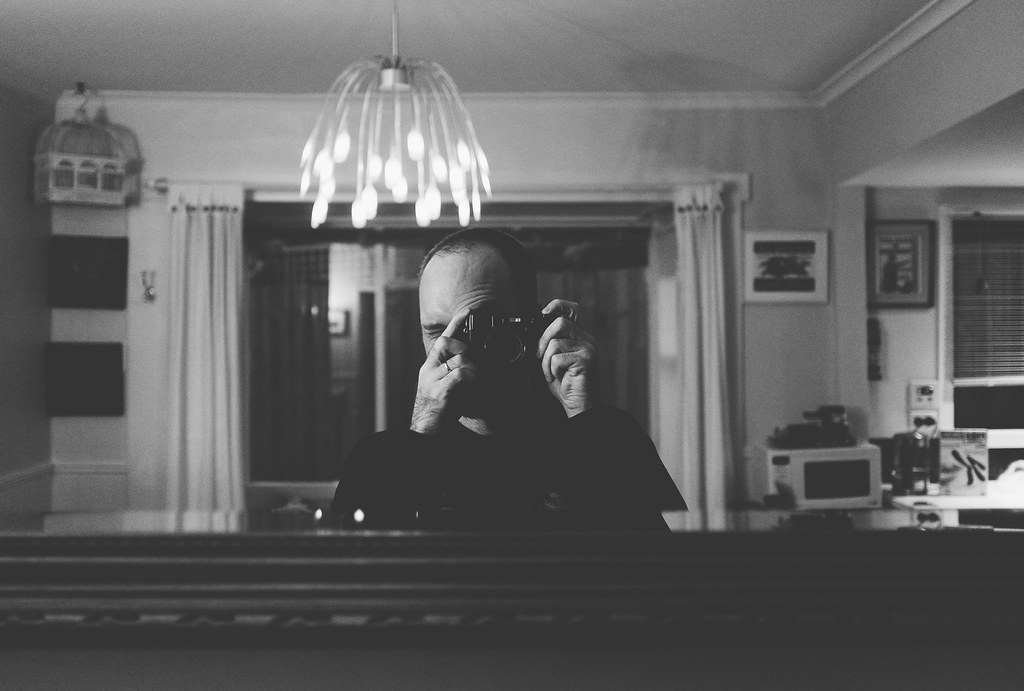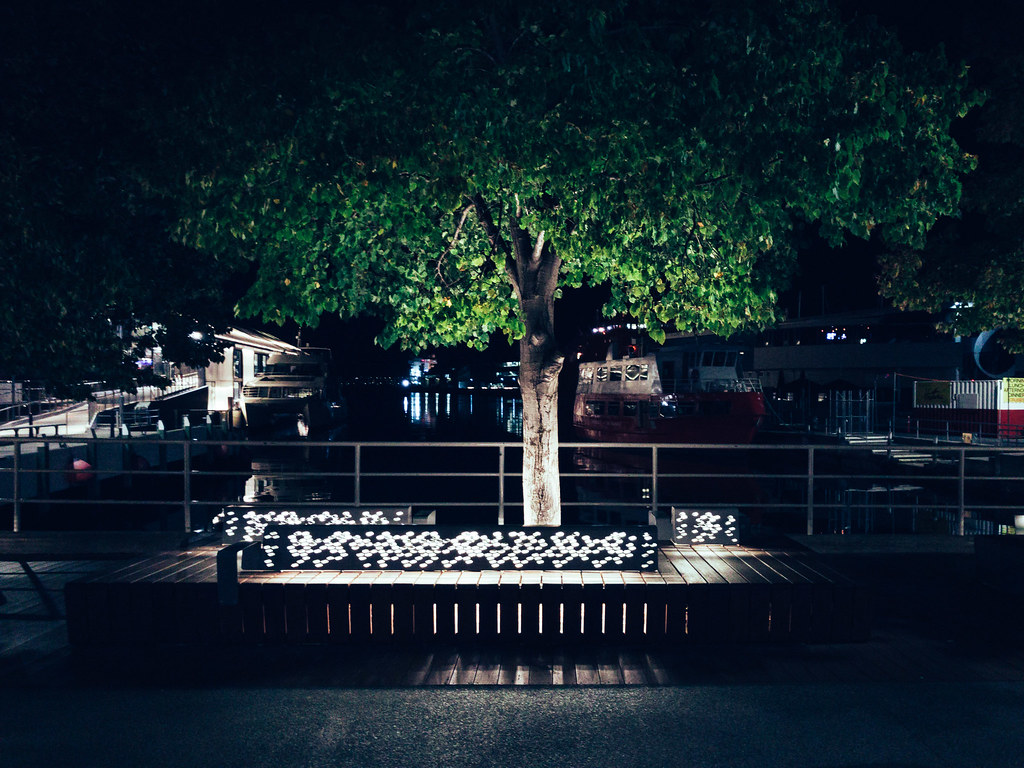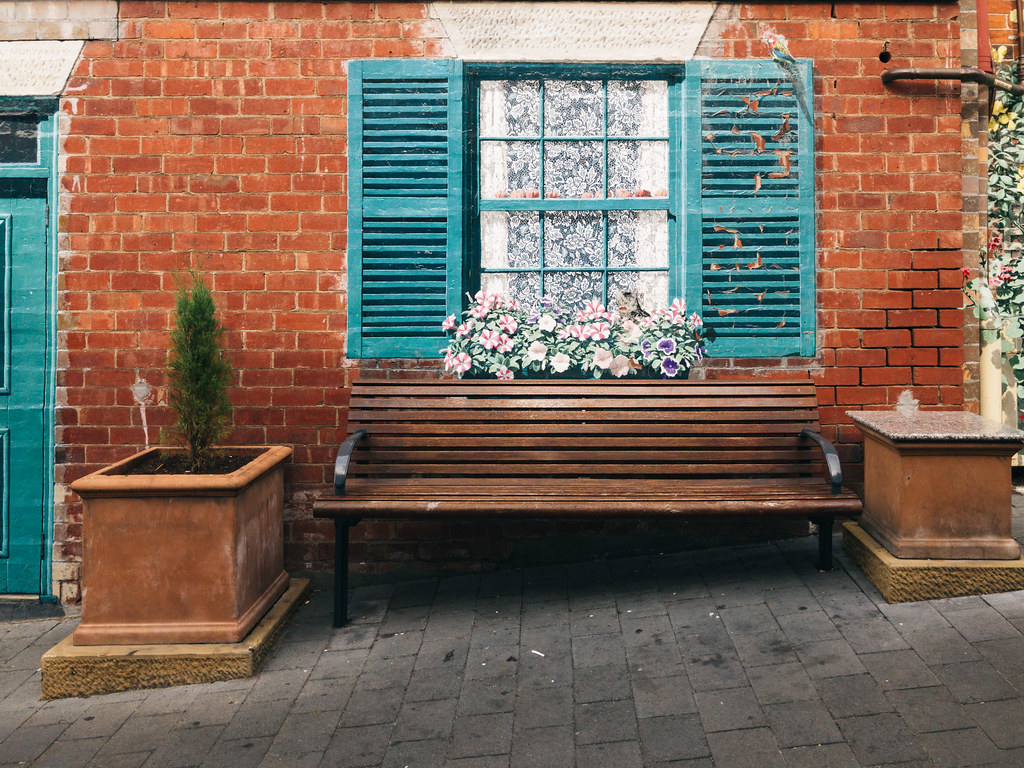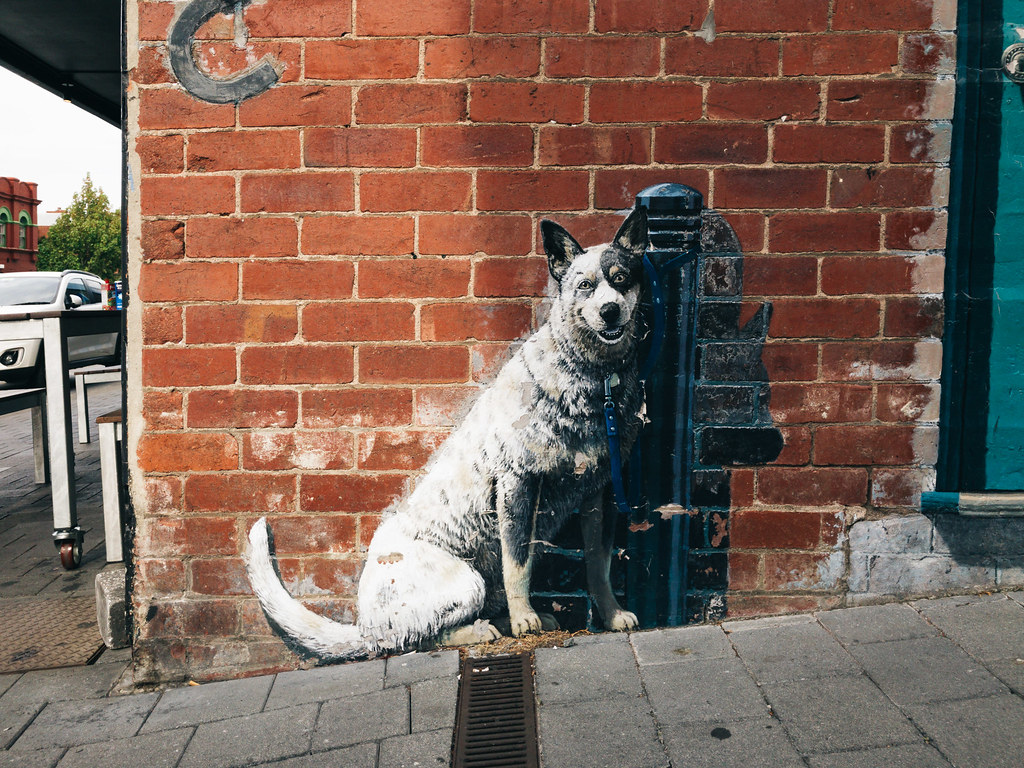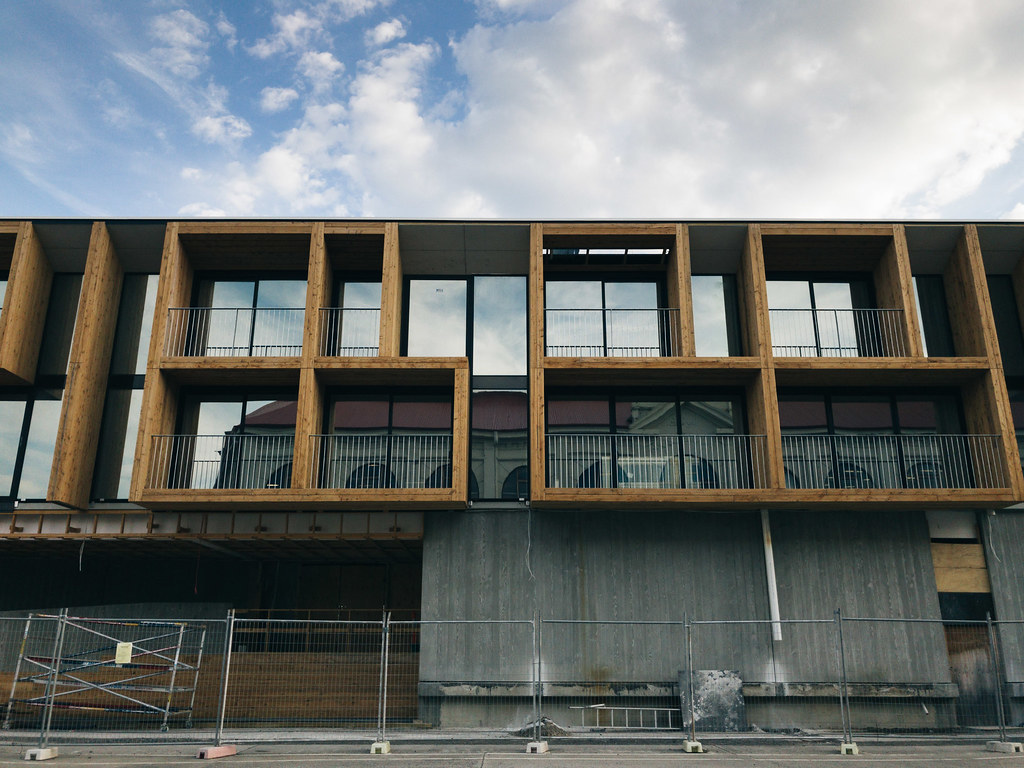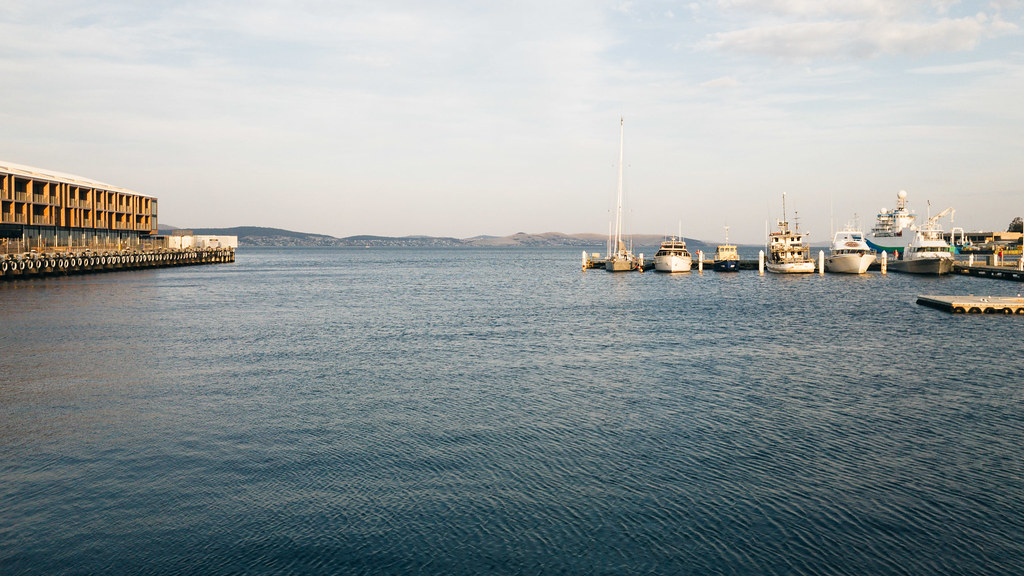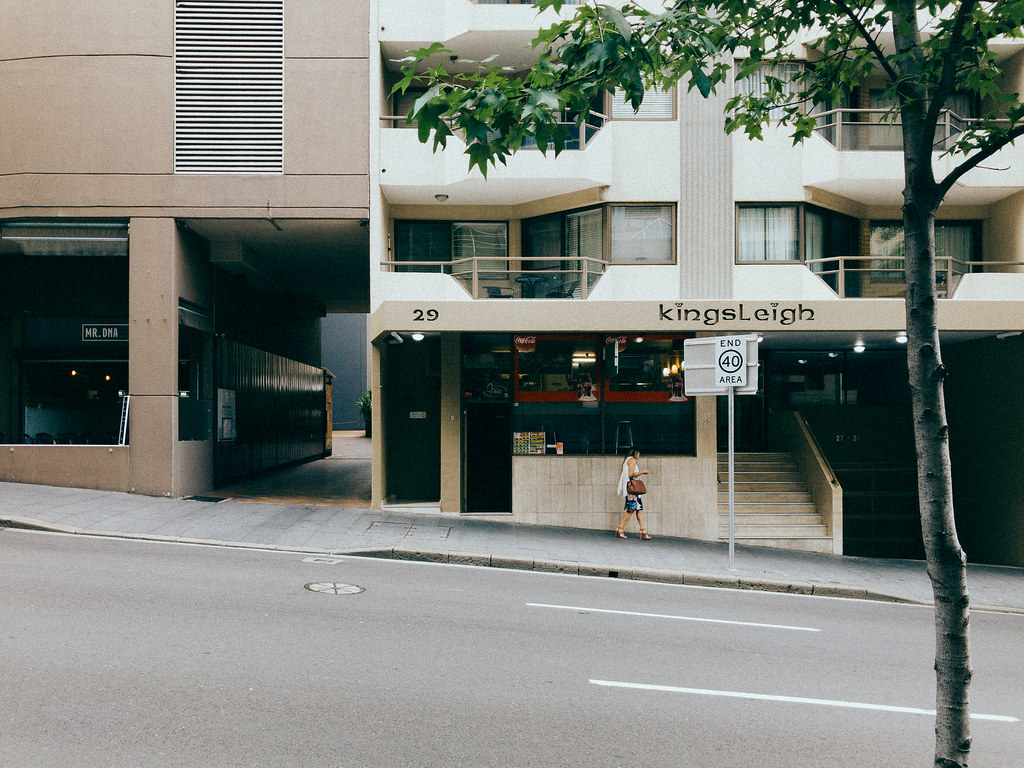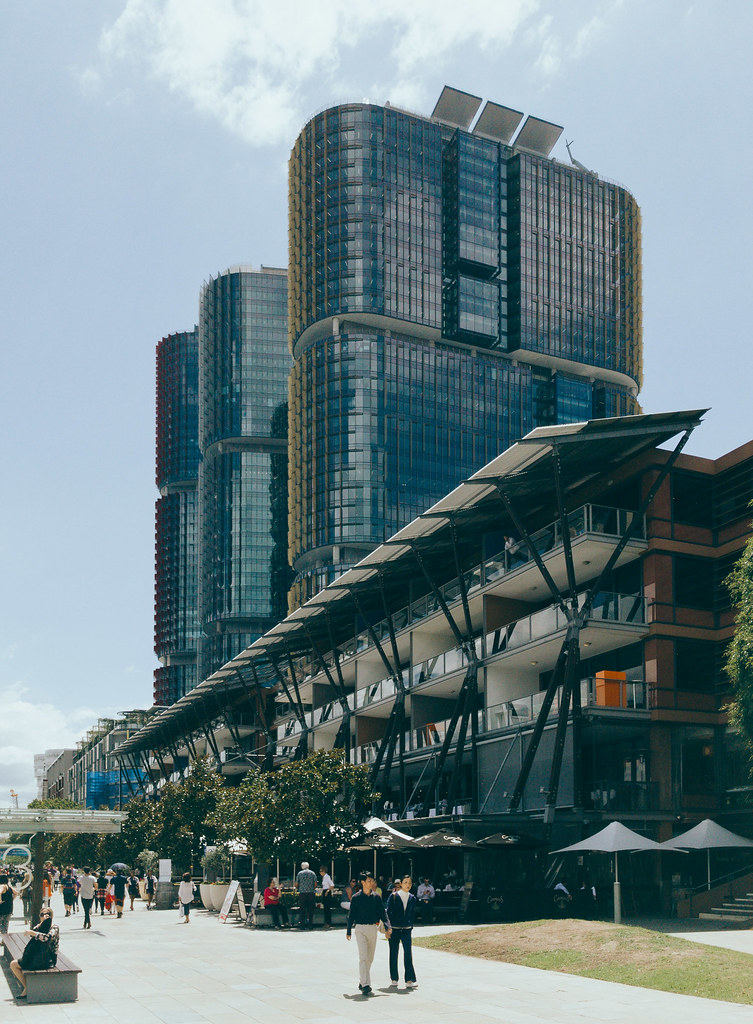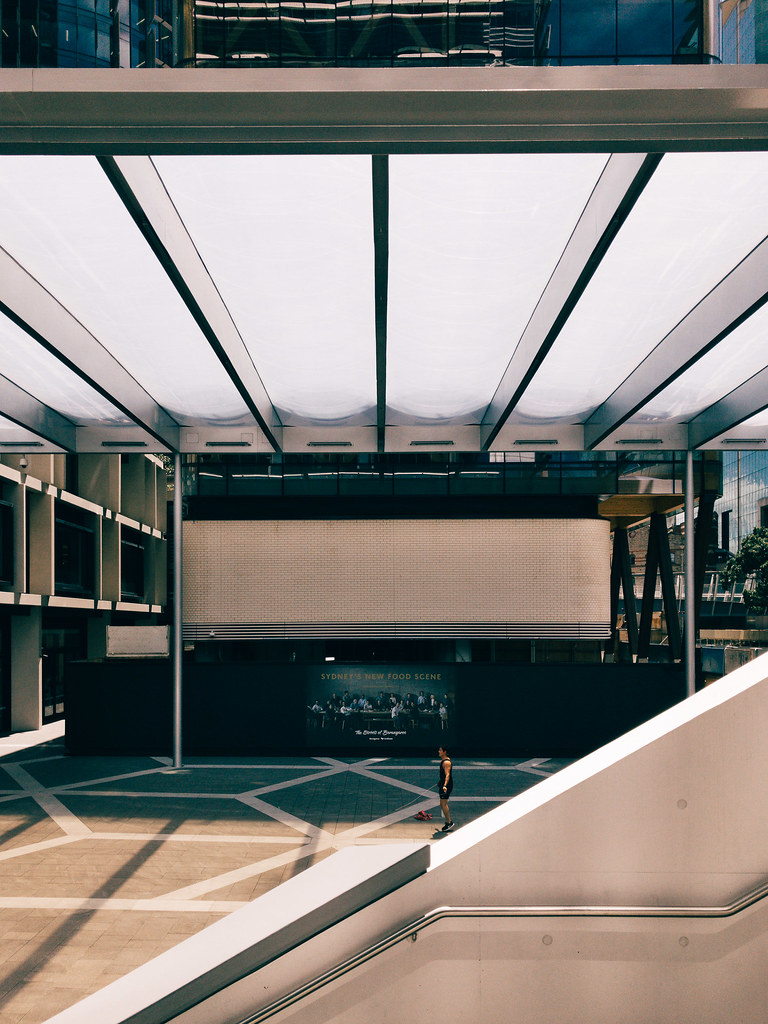A photographical upgrade
Last Wednesday, we upgraded from our trusty Canon EOS 7D to a brand-new Canon EOS 5D Mark IV! It’s a hell of an upgrade in terms of basically every single aspect… the 7D originally came out in 2009 and the 5D4 was only last year and is full-frame to boot, 18 megapixels versus 30, and the 5D4 also has the insanely awesome autofocus system from Canon’s flagship ~$8k-for-the-body-alone EOS 1DX.
I fairly obsessively tag my photos on Flickr so it’s easy to find things, and the final tally for photos taken with the 7D is 2641!
The very first photo taken was of this flower at my parents’ place, when I got our original 35mm f/2 lens for my birthday in 2010 (the camera and lens are not mine alone, both Kristina and I share it equally, but getting the lens for my birthday was a handy way to not have pay the entire cost of it ourselves :P).
It’s difficult to pull only a handful of favourite photos out of twenty-six hundred, but these would definitely be amongst them, in many cases more for the memory than any particular quality of the photograph…
Kristina being nibbled by a horse on our first wedding anniversary—
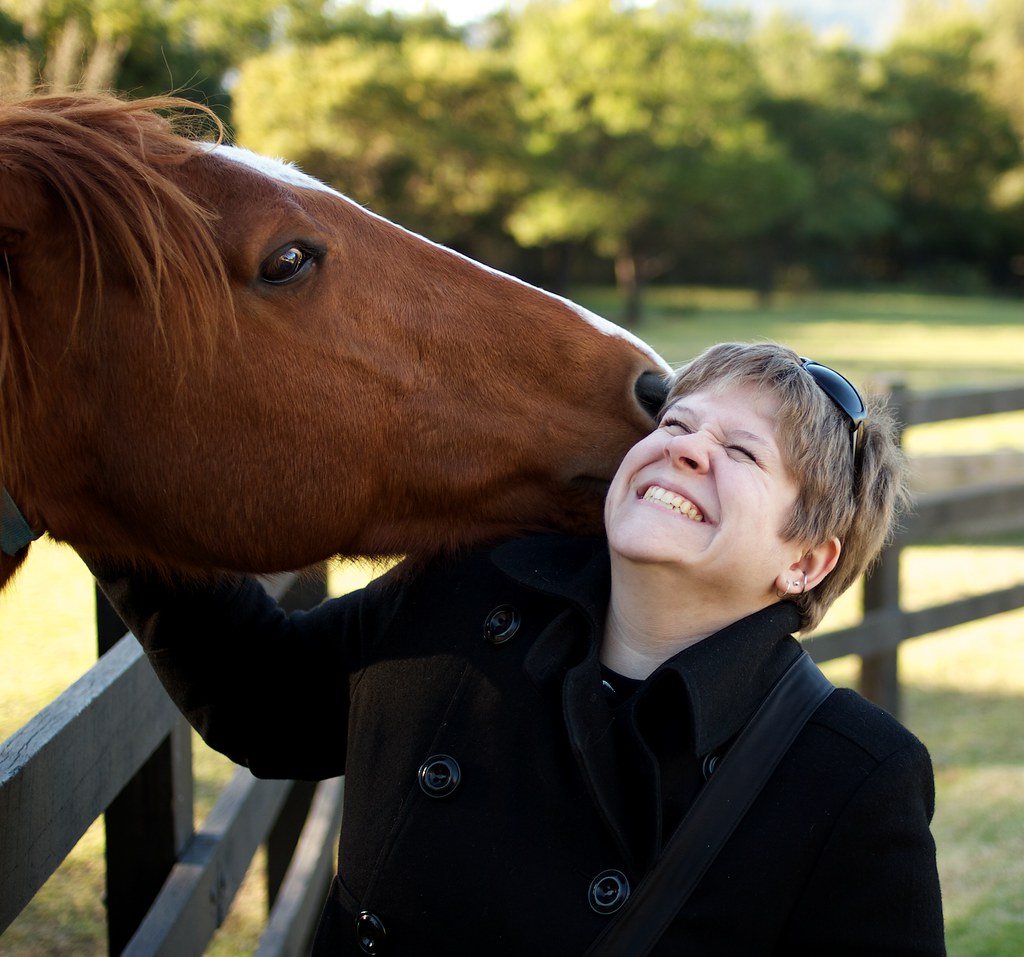
Meerkats warming themselves at Taronga Zoo—

Dan looking right at a well-placed “Look right” sign—
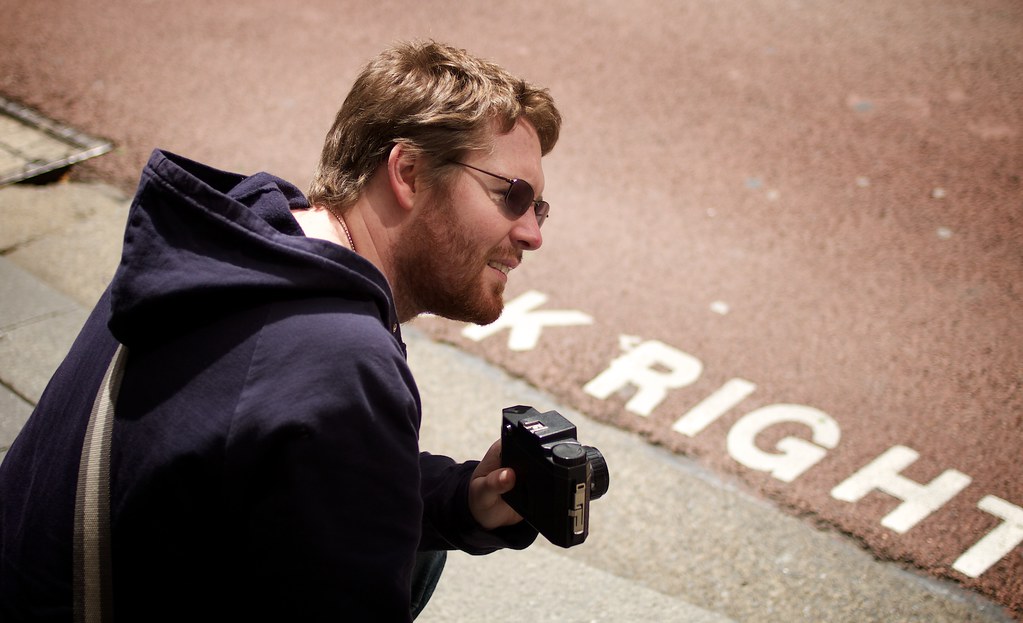
Kristina looking stunning with our ring-flash—

The first photo taken in our new house—
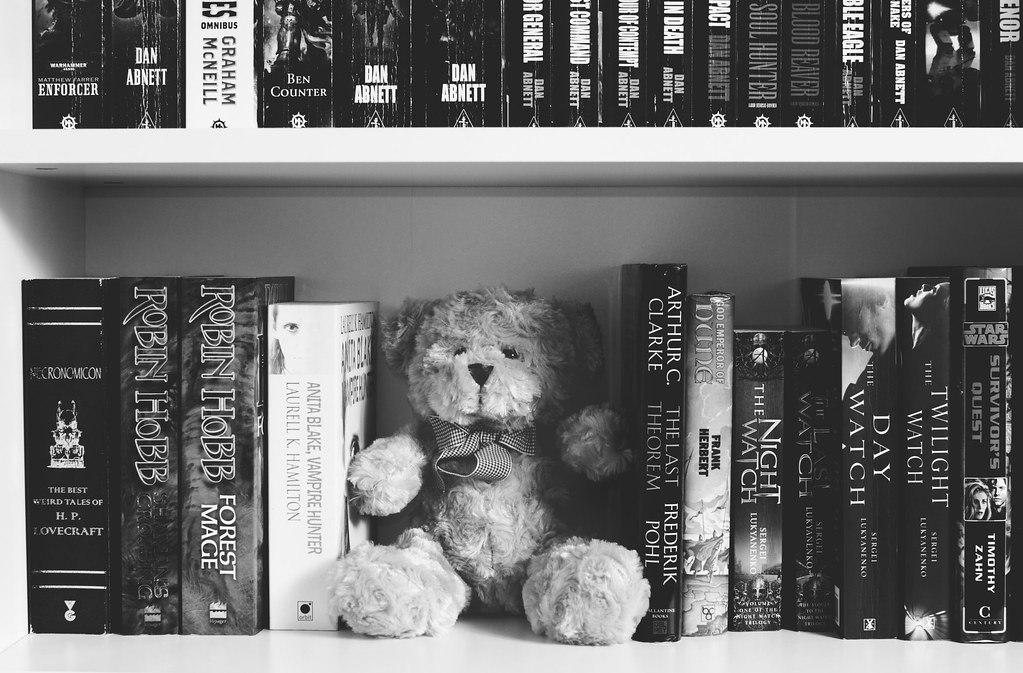
Kristina being extremely nudged by a calf at Featherdale—
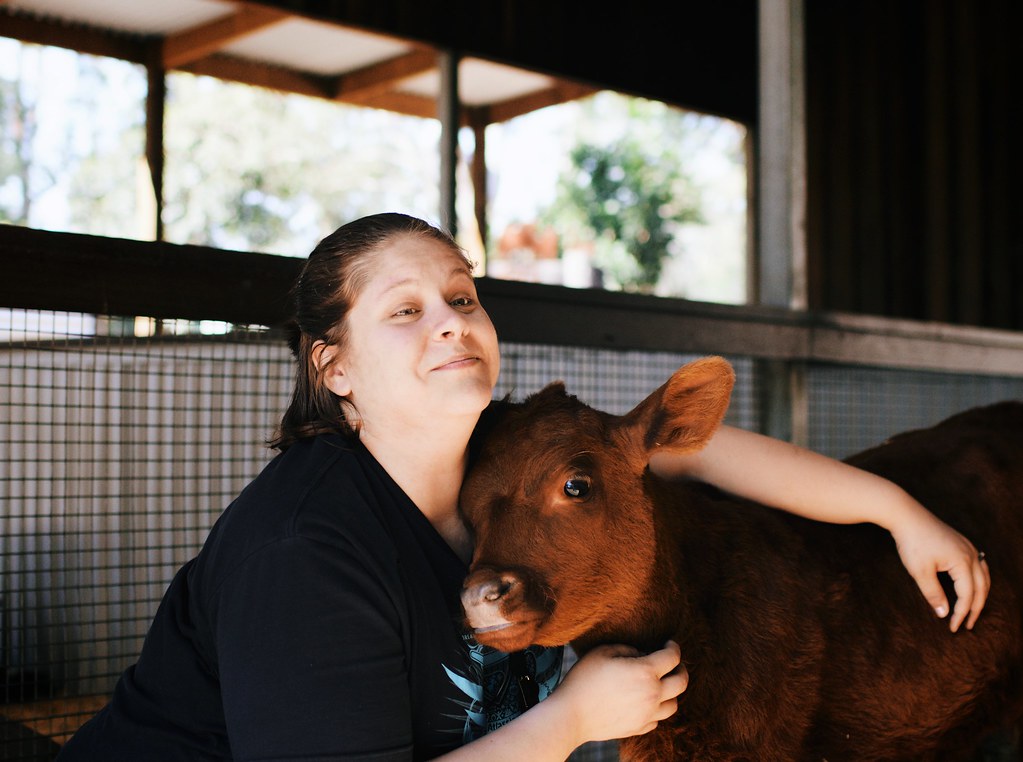
My very first photo of Beanie when we got him—
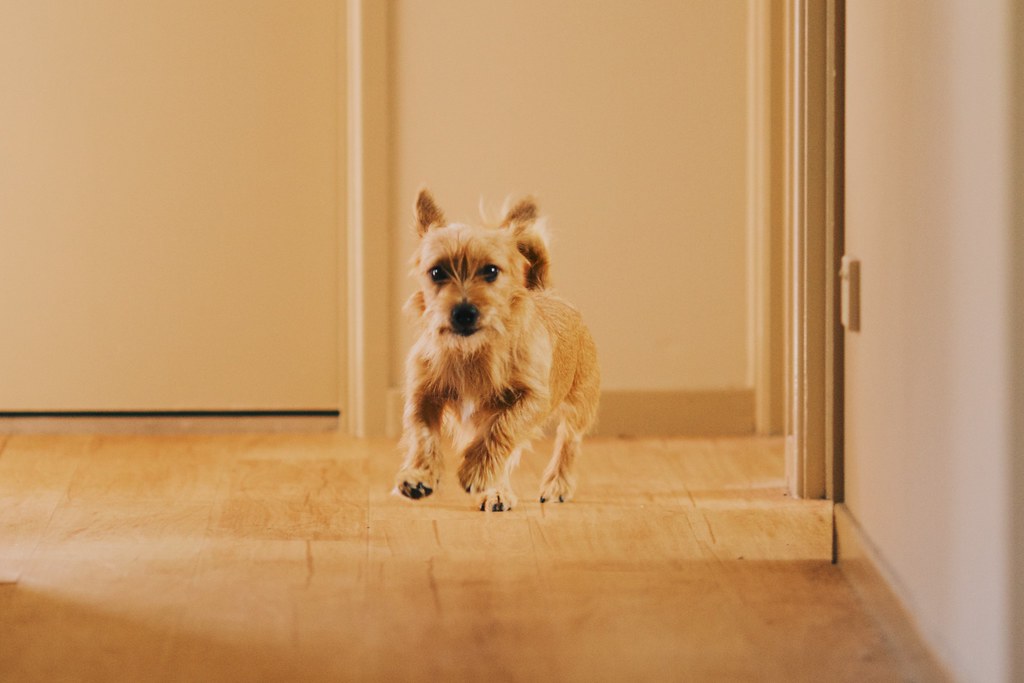
Nanny at Christmas hugging one of Lily’s presents—
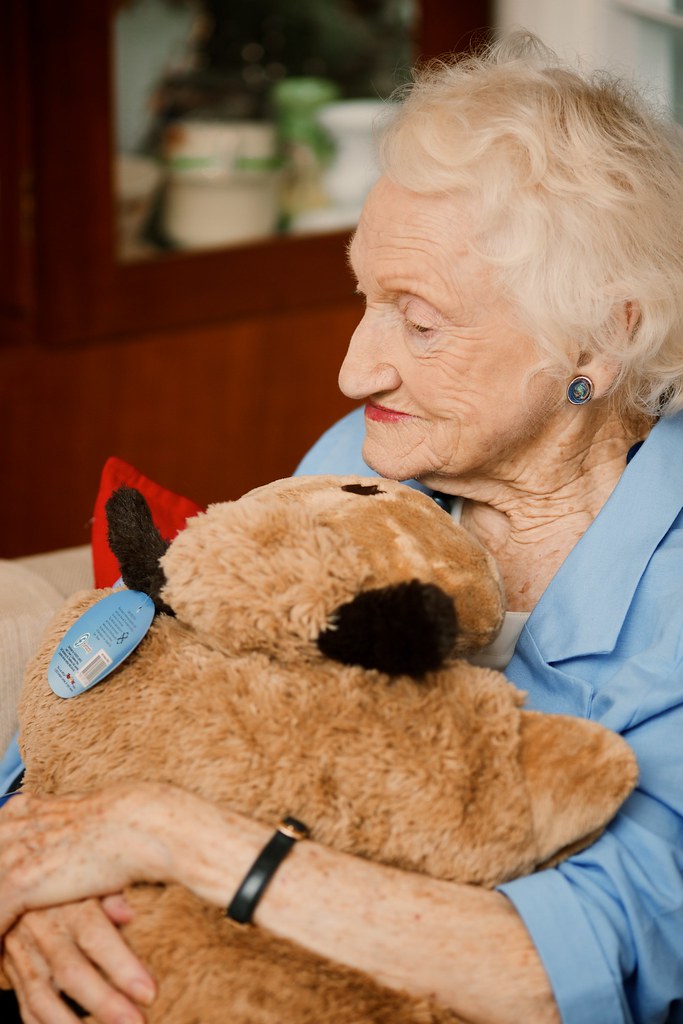
One of the several actresses we got in at work one Halloween, who were done up as zombies and CREEPY AS FUCK—

Kristina cracking up at how ridiculous Beanie is—
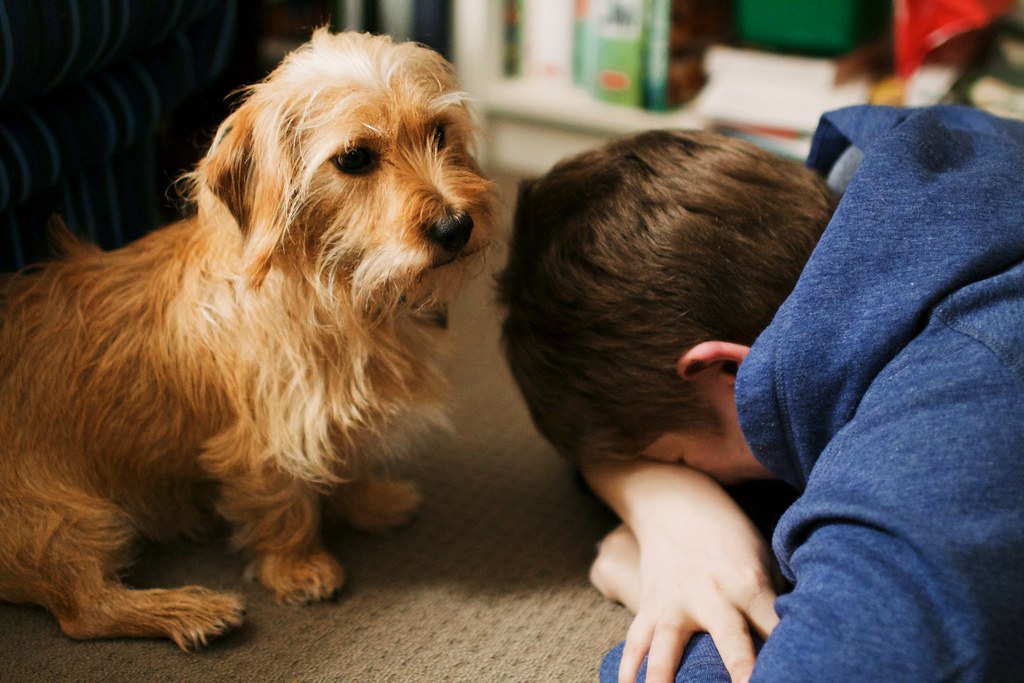
Lily and Scarlett’s matching bears at Christmas—
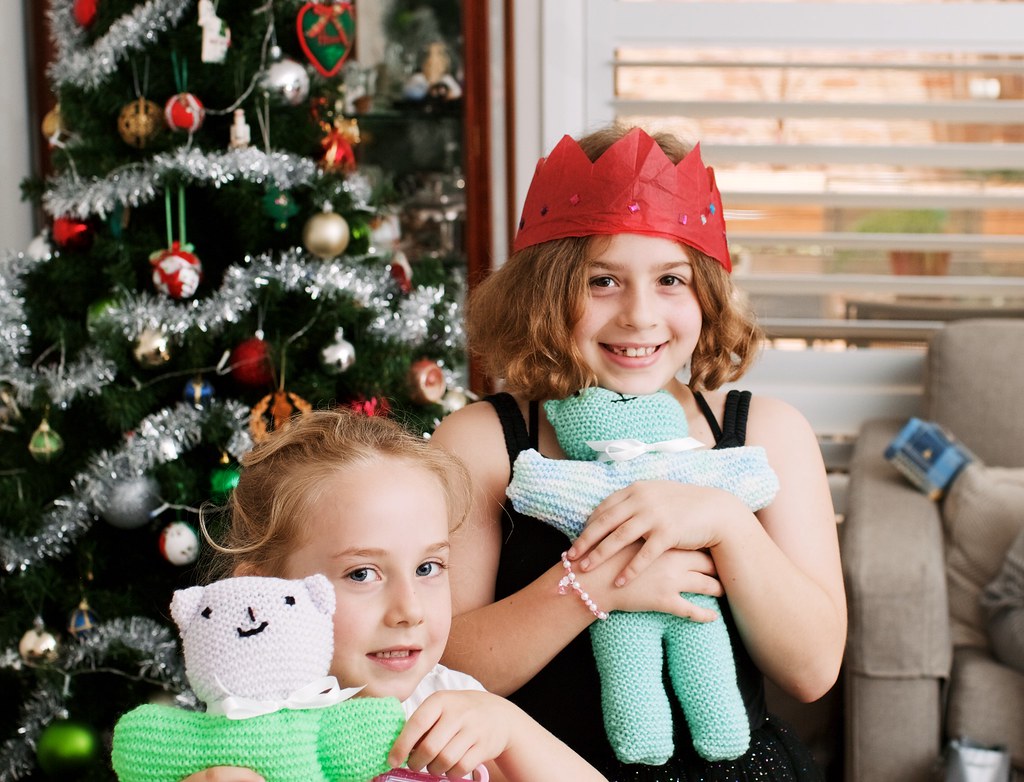
The fantastically creepy decorations and lighting for the latest Halloween at work—
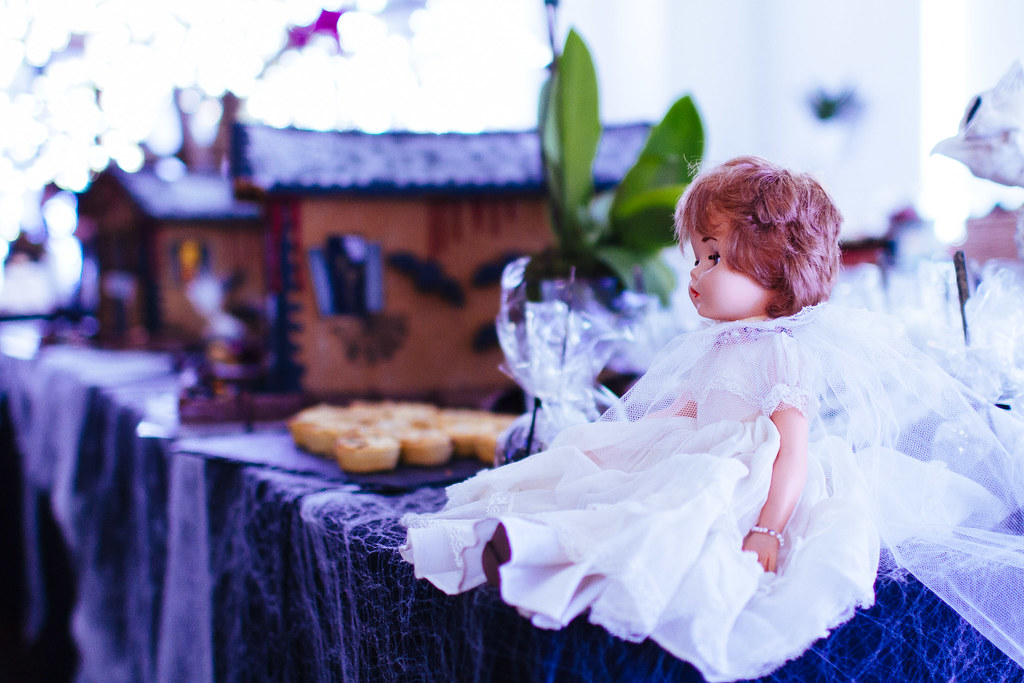
Playing around with coloured gels on our flashes with Adam and Stacey—
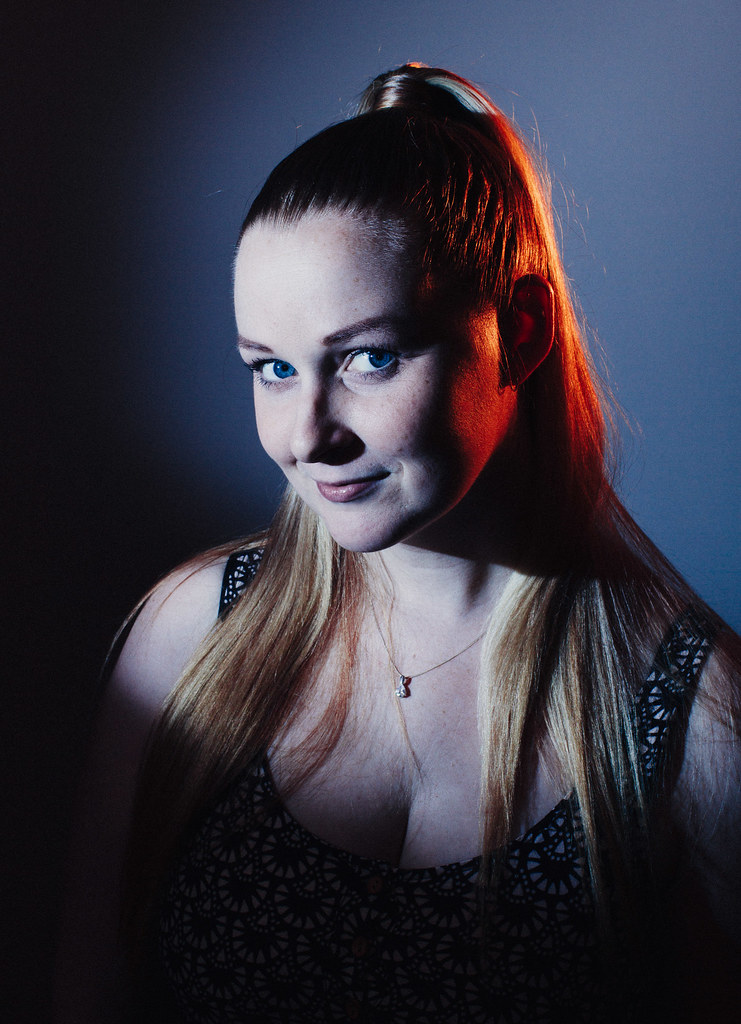
Beanie playing with his best friend Leo—

The extraordinarily epic storm aftermath we had—

A photo walk we did at work one lunch where we had some volunteers to do a pseudo-modelling shoot—

Leo and Beanie zooming down the hall—

Wandering around Barangaroo before going to the Maritime Museum—
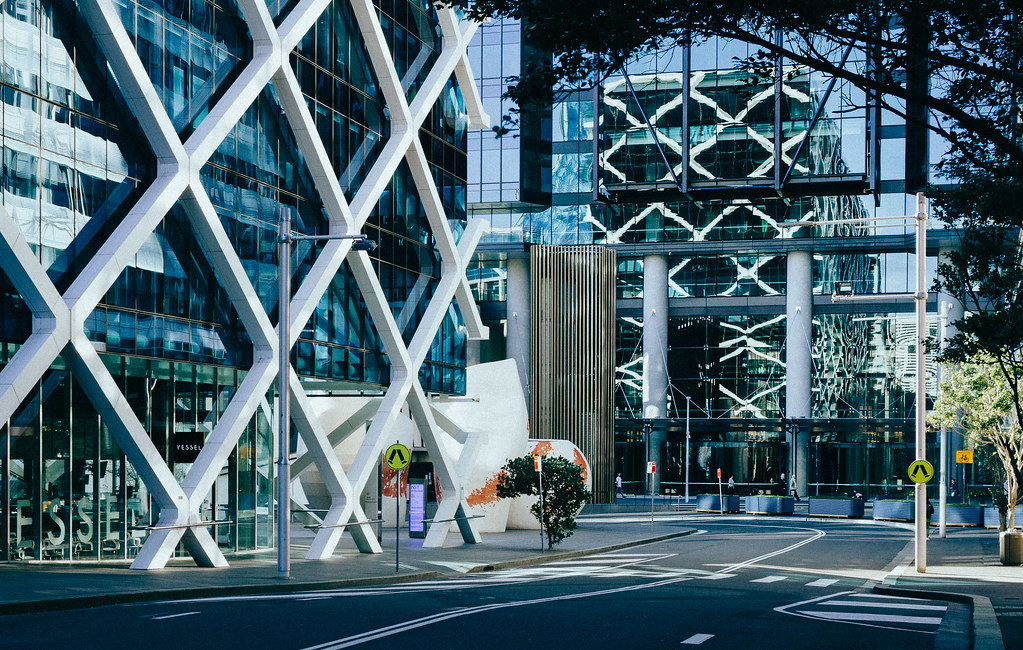
We sold the 7D to friends, so it’s definitely going to continue on in a good home. It was an absolute workhorse, I didn’t think to check the shutter count before we sold it but it never once gave any sort of trouble whatsoever. Meanwhile, we’ve already started taking new memories with the 5D Mark IV and I’d say we ought to get at least 10 years out of it if not more.

